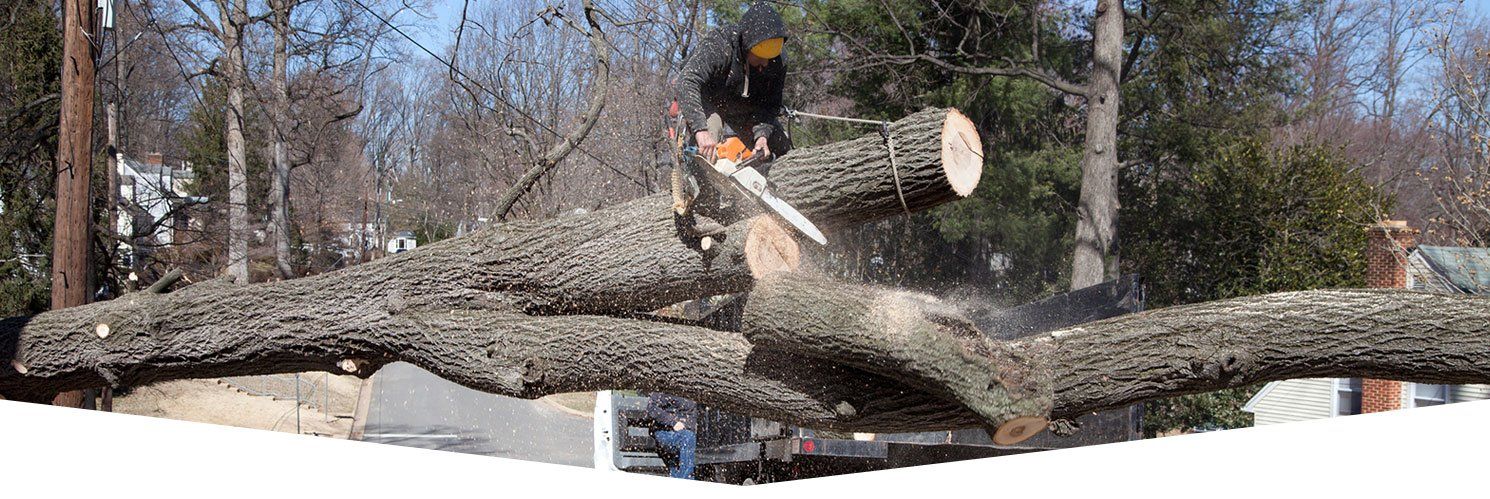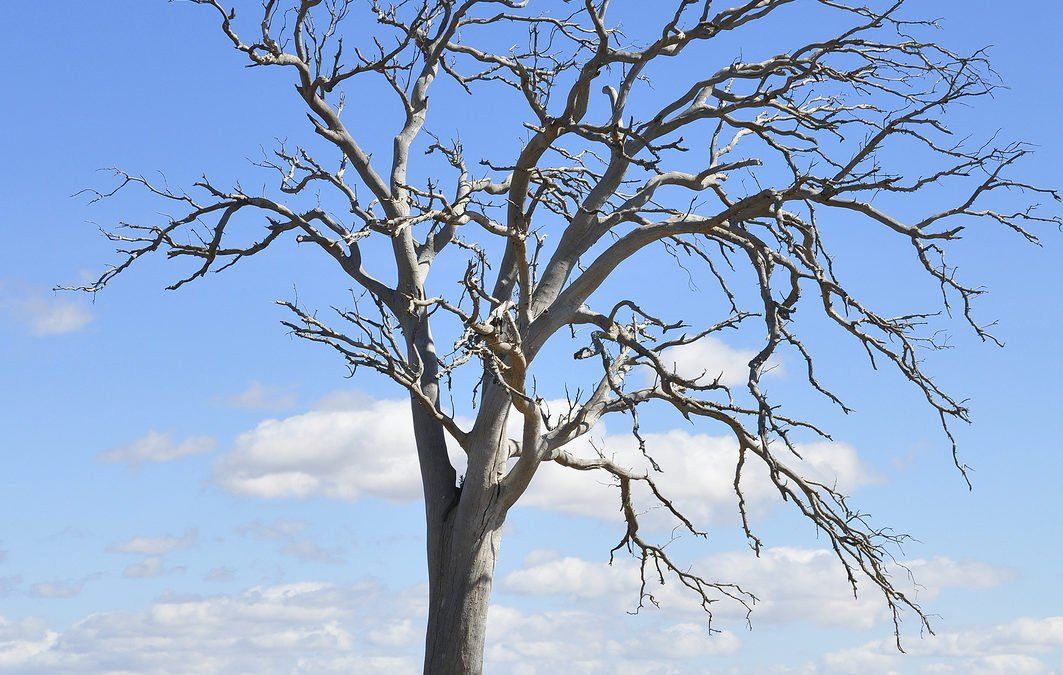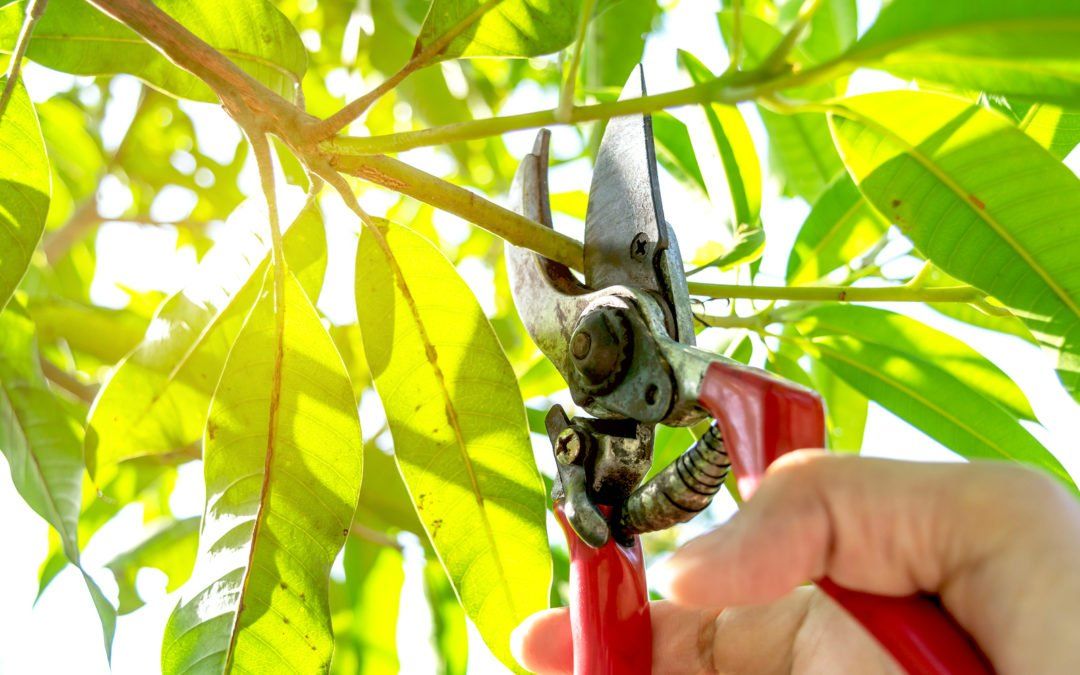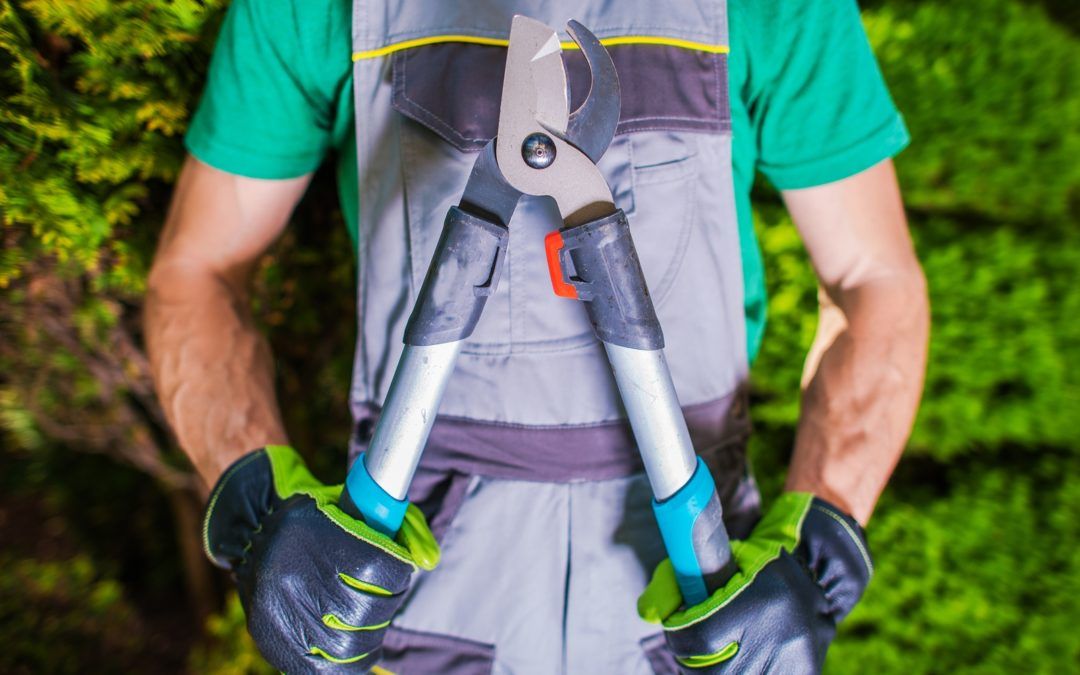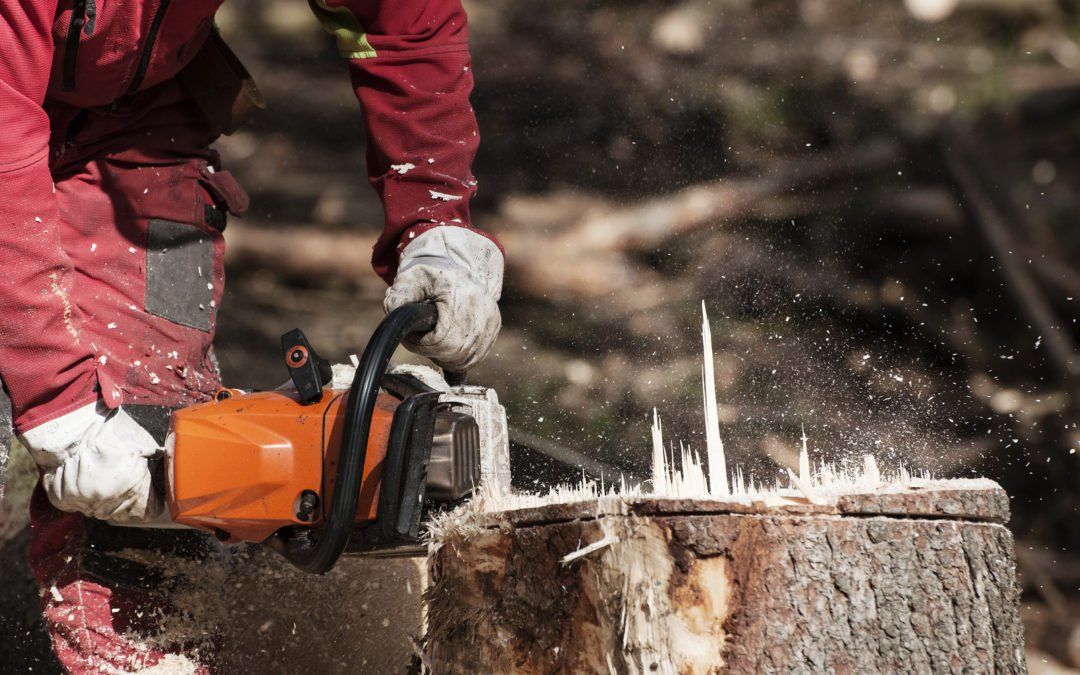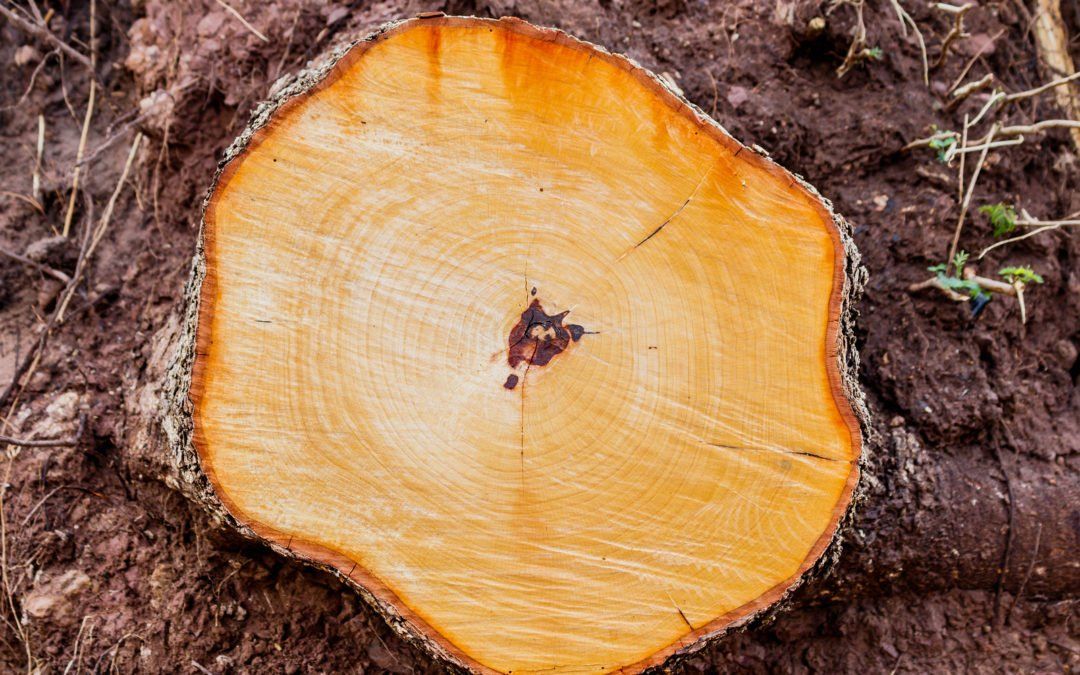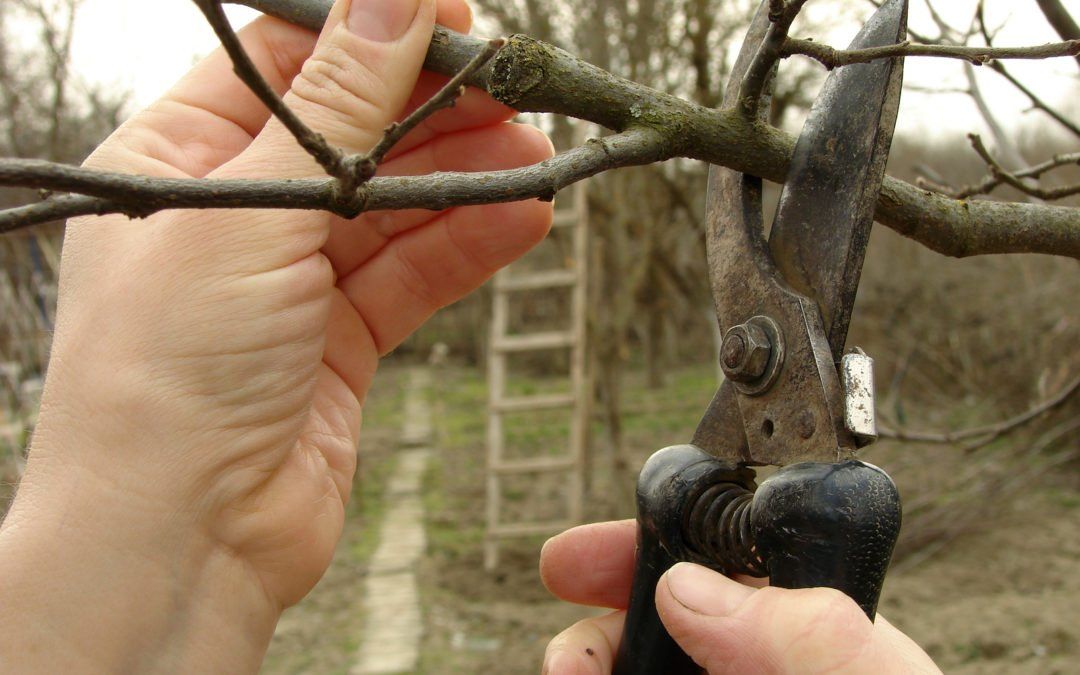BROWSE OUR BLOG
As a residential or commercial property owner, it’s your responsibility to keep your landscape maintained. While that may seem like a lot to take on, our experienced tree service company is here to help. We handle all types of projects including tree removals, tree trimming, stump grinding, yard cleanups, and so much more. Whether your landscape is full of debris, fall branches, or overgrown weeds, we have all of the proper knowledge and equipment to get the job done right.
For years, we’ve provided top-notch tree services to clients across Wake Forest, Zebulon, Raleigh, Clayton, Garner, Cary, NC and the nearby communities. If you’re interested in learning more, feel free to browse some of our blogs below. When you’re ready to restore your landscape, give our tree service company a call to request a free estimate!
Our Promise
We strive to deliver excellent customer service while expertly meeting all of your tree service needs.
Contact Us
SEND US A MESSAGE:
We will get back to you as soon as possible.
Please try again later.
Map
Serving The Triangle Area, NC
Office Phone: (919) 532-9141
Emergency Phone (Avail. 24/7): (919) 649-8444
treecareexpertraleigh@gmail.com
WEB DESIGN BY LOCALEDGE, ALL RIGHTS RESERVED |SITEMAP

